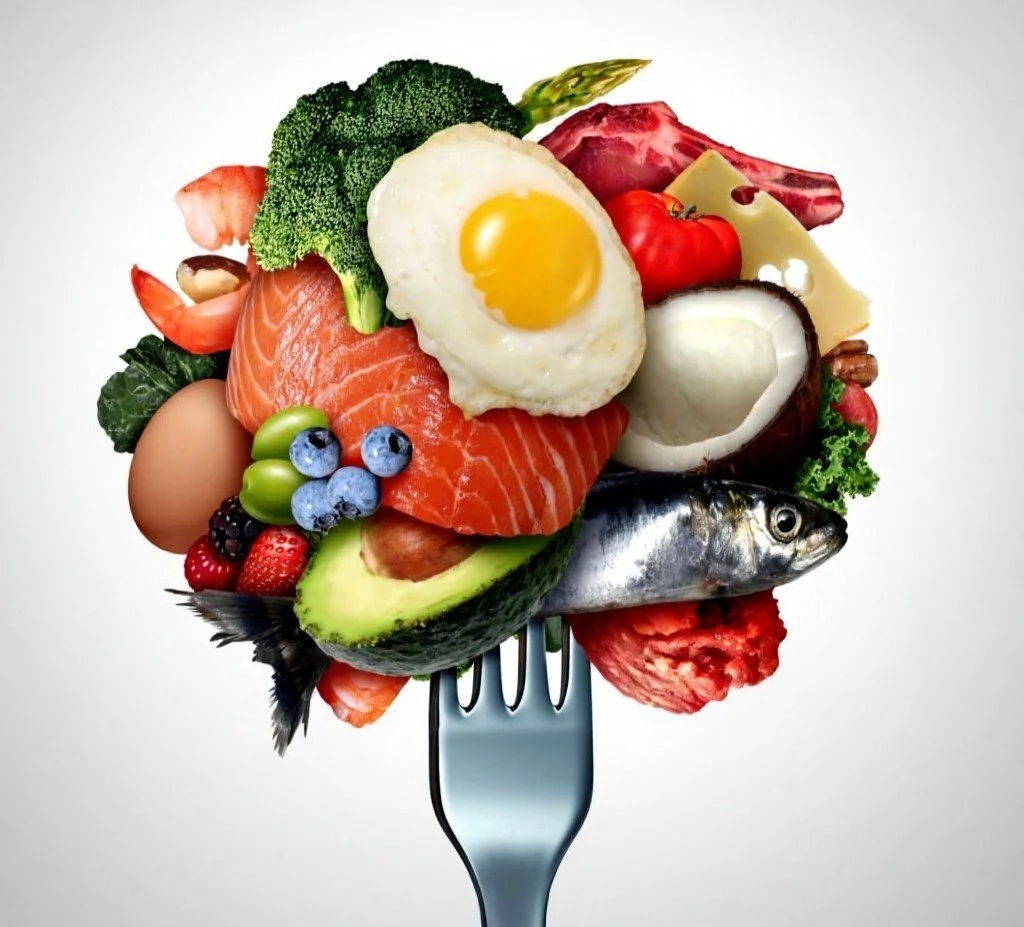How to Lose Fat Without Exercise
What if the secret to losing fat wasn’t endless cardio, restrictive diets, or counting calories? What if the key was hidden inside your body’s own biology a natural switch that determines whether you store or burn fat?
According to leading psychiatrist and metabolic health expert Dr. Chris Palmer, that switch is called insulin and when you learn how to keep it low, your body starts burning fat on its own, even while you rest.
Eating right with balance diet is important.
Understanding the Real Fat-Burning Switch
Every time you eat, your body releases insulin, a hormone that helps shuttle glucose (sugar) from your blood into your cells for energy.
But when insulin levels stay elevated for too long often from frequent snacking, processed carbs, or refined foods your body never gets a chance to enter fat-burning mode. Instead, it stays in storage mode.
The result?
Fat accumulation around the belly and liver
Afternoon energy crashes
Constant cravings
Fat loss isn’t about cutting calories it’s about controlling insulin. When insulin levels drop, your body naturally begins breaking down stored fat into ketones, an alternative energy source that fuels both body and brain.
How to Trigger Natural Fat Burning
The fastest and simplest way to lower insulin is through intermittent fasting or time-restricted eating not by starving, but by giving your body space to rest between meals.
“Fat is metabolically the quietest and safest macronutrient you can eat because it barely stimulates insulin.” — Dr. Palmer
Here’s how it works:
Stop grazing. Eat fewer, more intentional meals.
Allow insulin to fall overnight. This signals your body to switch from burning glucose to burning fat.
Within 12–16 hours, your body enters ketosis — a state where it uses fat for energy instead of sugar.
Once your blood ketone levels rise above 0.5 mmol/L, the magic begins: your metabolism resets, energy stabilizes, and your brain and body start to repair from within.
What “Ketosis” Really Means
Ketosis isn’t a diet trend, it’s a natural biological state humans evolved to experience during times of food scarcity.
When glucose runs low, your liver breaks down fat into ketones, which become your new, clean-burning fuel.
Think of it like switching from dirty diesel to pure electric energy, you burn more efficiently, produce fewer “toxic byproducts” (inflammatory molecules), and feel sharper, calmer, and more balanced.
Even more fascinating, entering ketosis activates autophagy your body’s built-in repair system clearing out damaged cells, reducing inflammation, and enhancing longevity.
You Don’t Have to Be “Keto”
Ketosis isn’t tied to any one diet. You can enter this healing state whether you eat plant-based, Mediterranean, or omnivorous meals as long as you lower insulin through timing and food quality.
Reduce refined carbs: breads, pastas, pastries, sugary drinks
Choose whole-food proteins: fish, eggs, poultry, legumes
Eat healthy fats: olive oil, avocado, nuts, ghee, coconut oil
Don’t eat all day: let insulin drop between meals
Even simply not eating late at night (no supper) can make a noticeable difference in fat loss and energy.
One of the healthiest food you can nourish your body - everyday!
The Metabolic Rest Your Body Needs
Most of us live in constant “on” mode eating from sunrise to bedtime, never giving our metabolism time to recover.
Dr. Palmer compares this to a factory that never shuts down:
“It’s like a manufacturing plant that runs 24/7 but never takes time to replace the parts or clean up the floor. Eventually, everything breaks down.”
Allowing your body to rest even just overnight this gives your cells time to heal, detox, and regenerate. That’s the real reason fasting works.
The Mental Health Connection
Interestingly, Dr. Palmer’s research links improved fat metabolism to better brain health. When insulin resistance is reduced, brain energy improves helping to stabilize mood, enhance focus, and reduce symptoms of anxiety or depression.
In fact, new studies at Oxford and the University of Michigan (set for 2025) are exploring ketogenic approaches to support ADHD and mood disorders, based on promising early evidence.
The Simple Fat-Loss Blueprint
Shorten your eating window — Start with 12 hours (7am–7pm) and gradually move to 16:8.
Skip processed carbs — Focus on clean, whole foods that don’t spike insulin.
Don’t fear healthy fats — Avocado, olive oil, nuts, and fatty fish keep you full and stable.
Sleep and rest — Your body burns fat best when you’re calm, not stressed.
Hydrate — Water supports detoxification and cellular repair during fasting.
Final Word
You don’t need endless workouts to lose fat you just need to give your metabolism the space to function as nature intended.
By lowering insulin and entering short periods of ketosis, your body learns to burn fat efficiently, restore balance, and renew energy — no gym membership required.
Fat loss isn’t about punishment. It’s about trusting your body’s built-in intelligence to heal when you give it time, balance, and nourishment.
The PMSE Method reconnects you to your natural rhythm, teaches your body to burn fat efficiently, and helps you feel lighter in every sense — physically, mentally, spiritually, and emotionally.
Book a consultation with us today and be the best version of yourself tomorrow.
#ronnieyapwellness
Follow us on our socials


